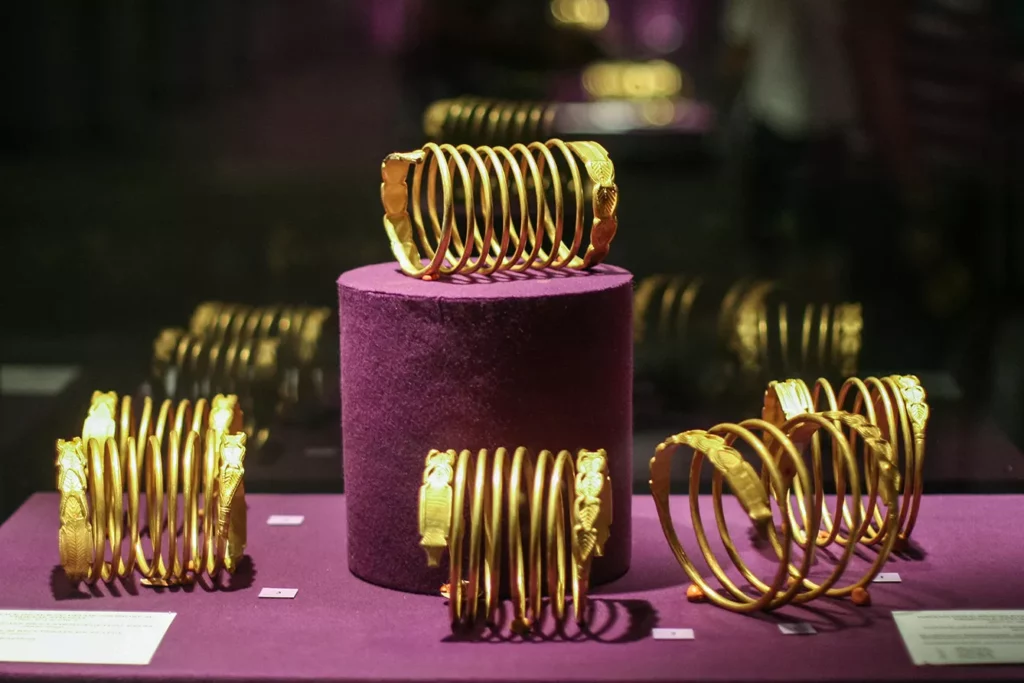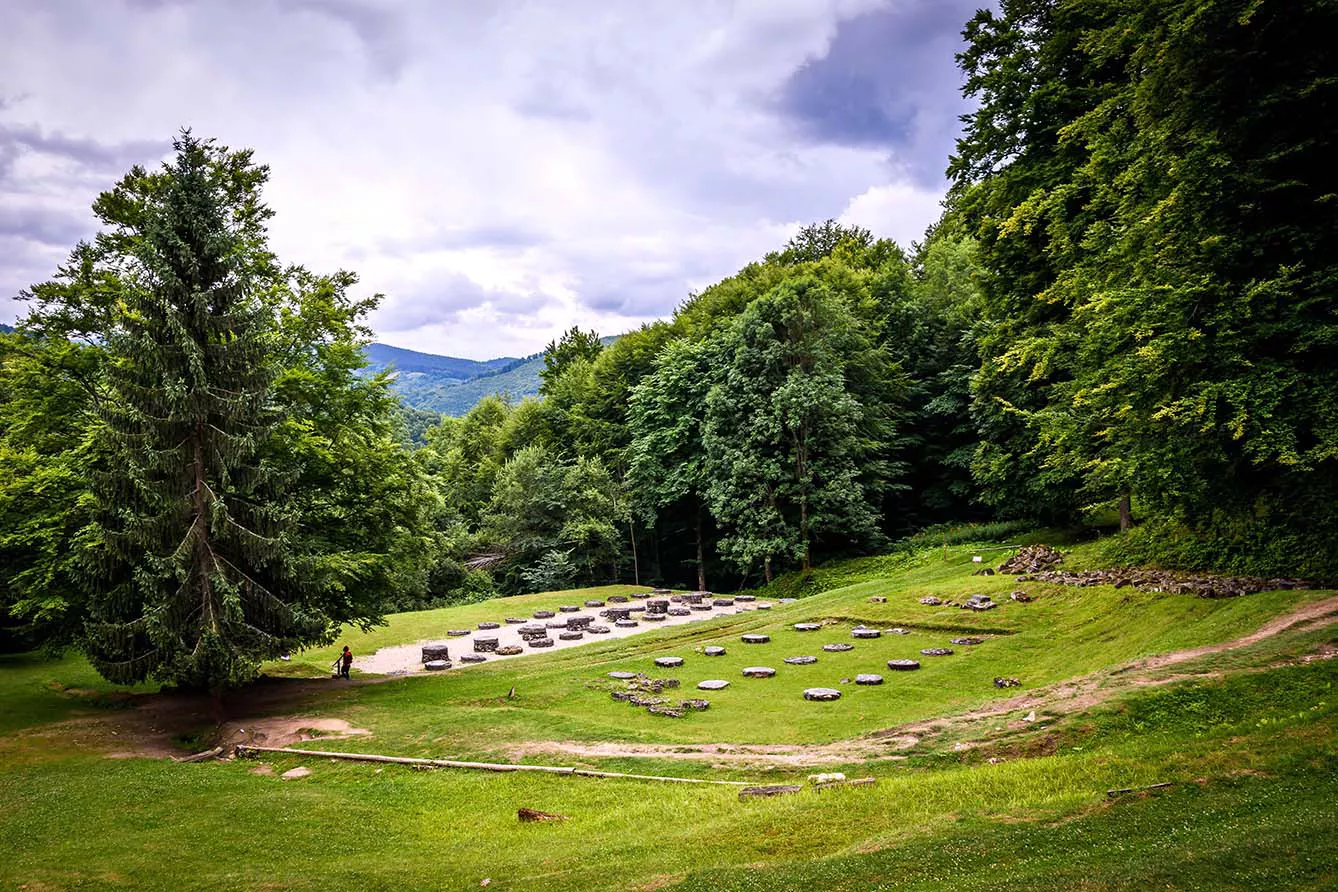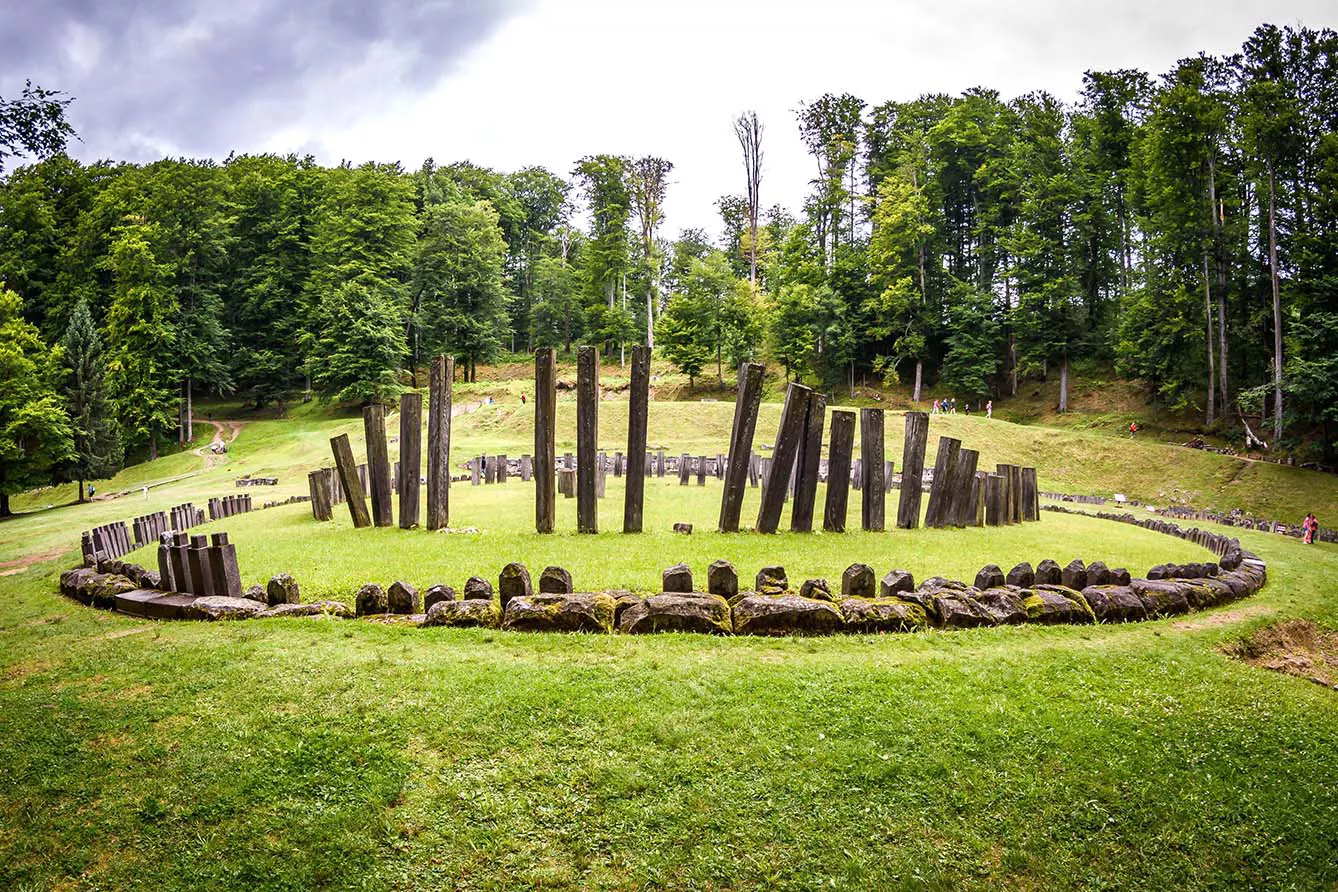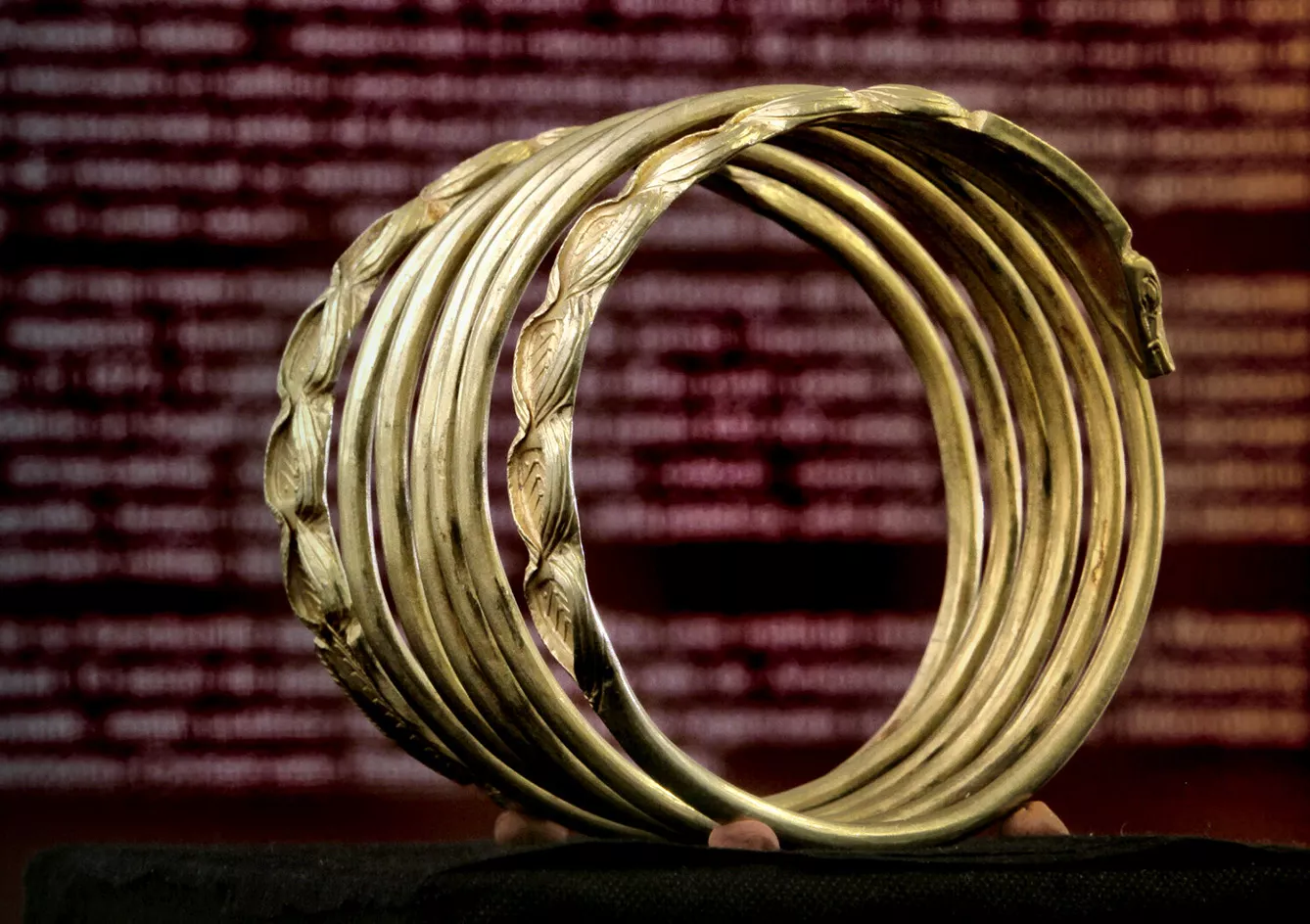Few know that this site is believed to hide the gold reserves of Dacia’s last king, Decebalus who, in fear of the Romans, buried his treasure in the soil under the Transylvanian forests.
The Dacian Empire, one of the world’s richest, most intricate, and spectacular yet equally unknown civilizations, was an ancient union of tribes that was able to both evoke terror and bring excitement to the mighty Roman Empire. With a vigorous, potent army, and a recognizable metallurgic patrimony of gold and metal, the Dacians were people Romans feared and envied.

A mighty history
Dacians were brought together under one name and power during the reign of Burebista and, between 1 BC and 1 AD, six fortresses were built to act as a defense against mighty empires, such as the Roman one. And until 106, they were managing to do so.
It was during the rule of Decebalus, Dacia’s last king, that the Sarmizegetusa, the most crucial of the six fortresses, was invaded and ruined by the Roman Emperor. What the Romans found upon taking over the region was astounding; hundreds and hundreds of tons of gold and other precious metals were taken as trophies. No one would know, back then, that there was more.
Hidden in the heart of the Transylvanian forests, buried under muddy soil and rocks, lays a greater treasure, believed to have been placed there by no other but the King Decebalus himself. Was it a desperate act to save the last of Dacia’s fortune, or maybe an attempt to please the gods and avoid the inevitable?


Burying the Decebalus’ treasure
Dacia’s last king knew the end was near, he knew the Romans would eventually take over. In order to avoid being captured, he committed suicide. But before he set off for this last journey, he took care of Dacia’s treasure. Some say there is more than monetary value to the treasure. Many argue there was a strong spiritual significance behind the act of burying hundreds and hundreds of kilograms of gold: an offering in one last attempt to please the gods and maybe change fate. An attempt that would prove to be futile.
For almost two millennia, no one suspected a thing. Not even the locals would dare imagine the great treasure that was hidden, quite literally, right under their noses. However, the 1990s and 2000s brought about a change that was produced by the fall of communism.
People were now eager to find out for themselves whether or not there is still gold in the Transylvanian forest, and they did so by the use of metal detectors. Villagers began excavating the forests and the hills; they began roaming the brooks and the hollows of the trees in search of king Decebalus’ gold. And would you believe it, they actually found it?
Decebalus’ secret finally uncovered… on the auction block
Dacian gold was finally uncovered. Well, partly. But you did not hear of it from Romania. Dacia’s gold was first heard of in New York, at Christie’s Auction House, where a mysterious gold bracelet (later to be named a religious item) has shown up in 1999. And it wasn’t a one-off event. All over the world, Dacian bracelets and coins started showing up, and for decades to come, Romanian authorities, together with international bodies, would fight to retrieve the Dacian gold.
Much can be said – and questioned – about the great treasure of the Dacians. As of today, 13 gold bracelets have been recovered and bought back by the Romanian government, some weighing as much as one kilogram of gross gold. There are, however, many more that have yet to be retrieved or even discovered.
Whether Dacia’s ancient gold reserves are hidden in a collector’s safe or under the forest’s roots, one thing can be said for sure, and that is that the Dacian fortresses hide not only treasures but the secrets of the ancient old civilizations as well. Secrets which, sometimes, are best left uncovered.







